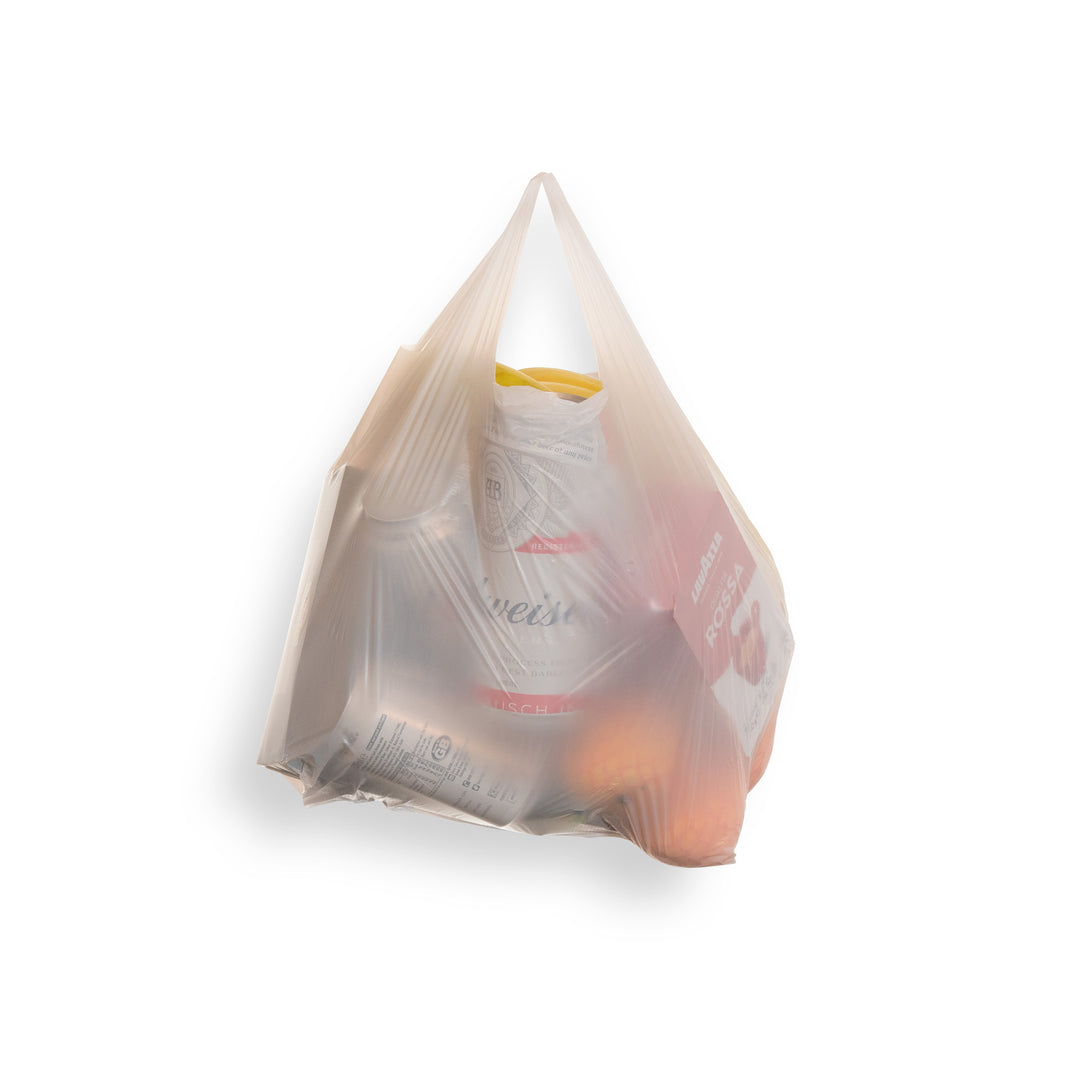How to Succeed as a New Takeaway Business 2022
The last few years have been very challenging for the food services industry due to the coronavirus pandemic. Many food businesses have struggled, but on the other hand, takeaway businesses have seen an increase in customers. Use of online ordering apps is on the rise and as the world returns to normal, there are some excellent opportunities for new takeaway businesses to thrive.
However, there is a lot of competition in this industry and there are some key elements you must get right if your business is going to sustain itself. Here are 5 ways to succeed as a new takeaway business in 2022.
1. Identify your unique selling point
Opening a new takeaway is a challenge because there are already so many established businesses out there. Why should customers come to your takeaway rather than the ones that they already know they like? If your takeaway is going to be successful, you need to identify a unique selling point (USP) that sets you apart from your competitors.
Consider current food trends and whether there is a gap in the local market. Vegan and vegetarian options, for example, are more in demand than ever before. This area is already becoming saturated but in some places, there is still a lack of great options. Alternatively, you may want to offer a type of cuisine that isn’t readily available nearby. Some takeaway businesses also create a USP based on their service. For example, some places guarantee delivery within a certain time frame.
Whatever you decide to make your USP, it is important that you know what sets you apart from other takeaway businesses if you are going to attract new customers.
2. Use social media effectively

Social media marketing is one of the most cost-effective and useful tools you have. If you can generate a bit of a buzz about your new takeaway, the word-of-mouth effect will snowball and you will get a lot of new customers.
Start by creating your social media pages and ask friends and family to share them for you. This is a simple way to increase initial visibility. Look for local pages on Facebook and Twitter too. Most places have a page where residents can share general information, and this is a great place to post about your new takeaway.
Engagement is also crucial, so make sure that you are responding to comments and creating a dialogue with customers. Once you start building a following on social media, you will see a noticeable increase in business.
3. Consider a delivery service

Delivery services became the norm for all food businesses during the pandemic because people couldn’t go out to eat. Even though things have opened up again, home deliveries remain more popular than ever and delivery services like JustEat and Deliveroo give you access to a huge potential market.
If you want to maximise your business, you should offer a delivery service and register your business with delivery apps. Although there are a lot of competing businesses on there, you get great exposure and much of the logistical work is handled for you because the delivery app finds drivers on your behalf. Success on these platforms is dependent on reviews, so as long as you focus on quality and good service from the outset, you can get a steady stream of delivery customers.
4. Make sure you have the correct licences and insurance
You can’t just open a takeaway business and start selling food, you need to get the right licences and insurance first. Before doing anything else, you need to register the business with your local authority and get permission to open. You also need a Food Hygiene Rating Certificate. This involves an assessment of your premises to ensure that it is clean and all safe food handling practices are being followed. Anything below the top score of 5 could put customers off, so make sure that you are well prepared. Cleanliness is important but you also need to consider labelling of food products and how you handle allergens to prevent contamination.
As well as licences, you also need insurance to protect yourself and your business. Public liability insurance protects you if anybody is injured on your premises and they attempt to sue. Employers liability insurance protects you against disputes with employees. Product liability insurance protects you if a customer suffers illness or injury or property damage from a product you designed or supplied. In the case of a takeaway, this usually refers to people getting ill from your food. Finally, business equipment insurance protects all of the equipment you use in the takeaway. If you don’t have insurance and your business ends up in one of the above situations, the financial burden could cripple you.
5. Ensure that you have the correct food packaging

Packaging is so important in the takeaway business. Not only does it keep the food fresh and make sure that it is still hot when it is delivered, it also gives you an excellent opportunity for branding. People are increasingly concerned with the environmental impact of takeaway packaging too. When choosing food packaging boxes, you need to take all of these factors into account, as well as the cost.
Simple options like a cardboard fried chicken box are excellent because they’re eco-friendly and affordable, and they are printed with an eye-catching design on them. When choosing takeaway packaging products, it’s important that you put functionality first. Consider the food items that you are selling, what kind of packaging will keep it warm, and whether you need a lid, etc. Think about portion sizes too because if you use oversized boxes, your profit margins will suffer.
The takeaway industry is thriving right now and will continue to grow as we come out of the coronavirus pandemic. However, there are some significant challenges you must overcome if you want to build a successful business. If you can tackle each of the elements listed above, you will be well on the way to building a thriving takeaway business in 2022.
When do I need to register my food business?
Anybody that starts a new food business or takes over an existing one must register with their local authority. This is still true if you take over a business that is already registered because the local authority needs to be aware of the change of ownership. If food is prepared and sold at different locations (preparing food at home and selling it at a market stall, for example), you need to register both locations.
Ideally, you should register at least 28 days before you start trading. If you are already trading and you have not yet registered, you need to do it as soon as possible. You can register your food businesses here. The registration is free and it cannot be refused as long as you meet licensing requirements for opening a food business.
What sort of licences do I need to start a food business?
Any business that prepares and distributes food must have a Level 2 Food Safety and Hygiene for Catering certificate in order to trade legally. If you are selling pre-packaged food, you do not technically need one but it is advisable. This certificate is required even if you sell food that you prepared at home. You can find more information about which licences you need here.




